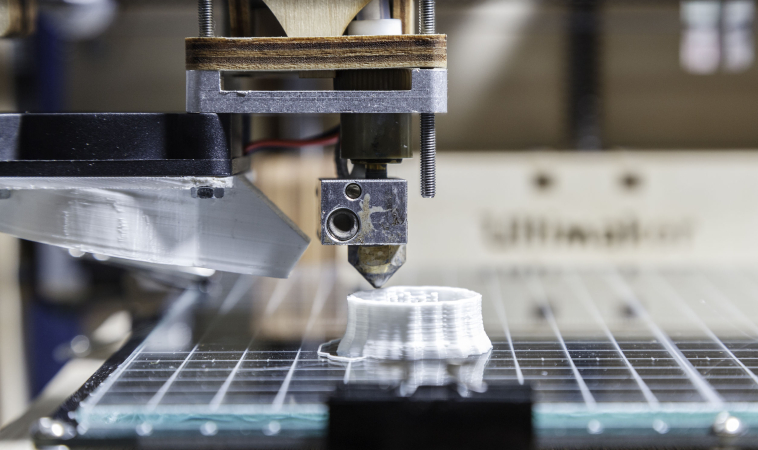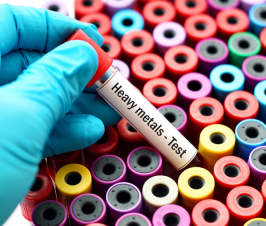In a joint study conducted by the US and China, researchers went to evaluate 3-D printing and its potential toxicity, as 3-D printing is becoming more prevalent in the medical field. The study, published online in Environmental Science and Technology Letters, used zebrafish, a common vertebrate human analog useful in some studies.
They studied two types of printers, the fused deposition modeling (FDM) and stereolithography (STL) types. The former printer shoots a polymer filament out of a heated nozzle and the exact one they used shot out acrylonitrile butadiene styrene (ABS). The latter type utilizes a light source to polymerize a bath of photocurable liquid resin layer into the finished product. The study specifically studied a combination of methacrylated oligomers and monomers and photoinitiators.
The study showed that when exposed to the FDM 3-D printed material, the zebrafish embryos had a slightly decreased average of survival rates, compared to the control group. In comparison, the STL 3-D printed material had significantly decreased survival rates with essentially none of the embryos hatching. Similarly, the FDM group had more deformities according to the six criteria laid out in the study but had significantly fewer deformities than the STL group.
The researchers went on to figure out how to decrease the more-damaging STL material. One technique was to use a particular wavelength of UV light on the material and found that the embryos almost returned to control level in some aspects, but not in all and, therefore, are still somewhat toxic.
http://pubs.acs.org/doi/full/10.1021/acs.estlett.5b00249#fig1

















